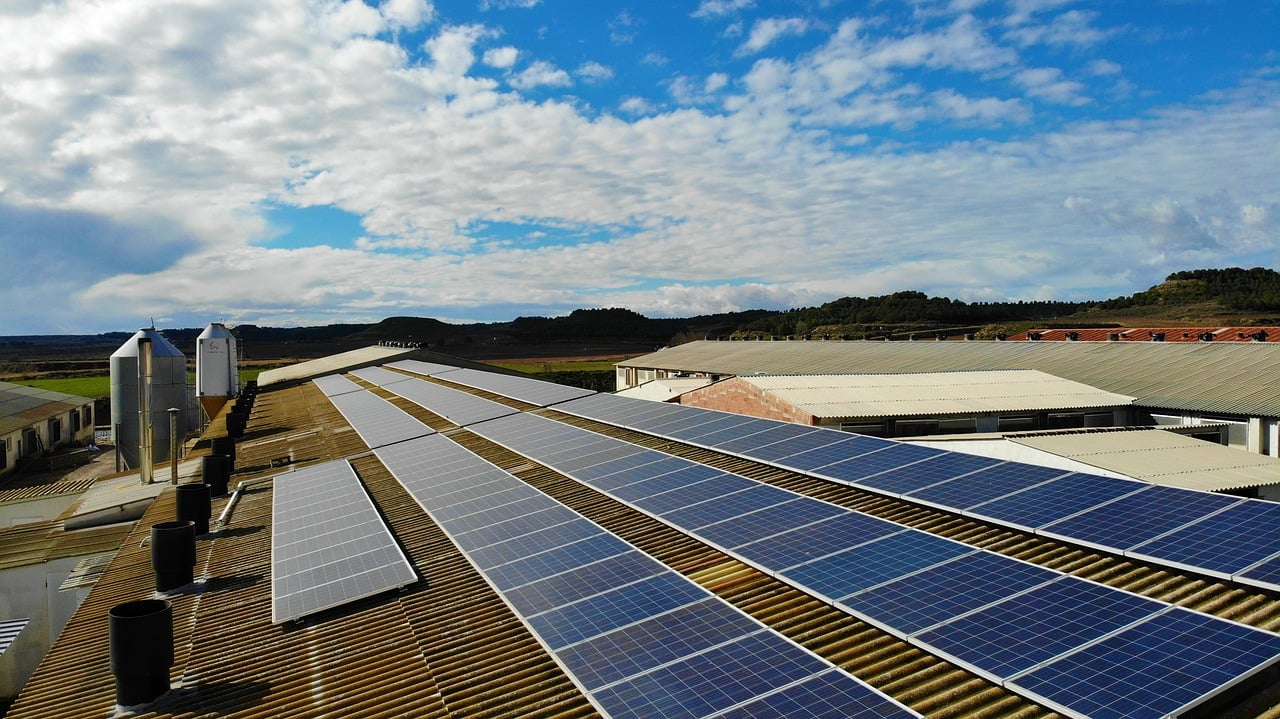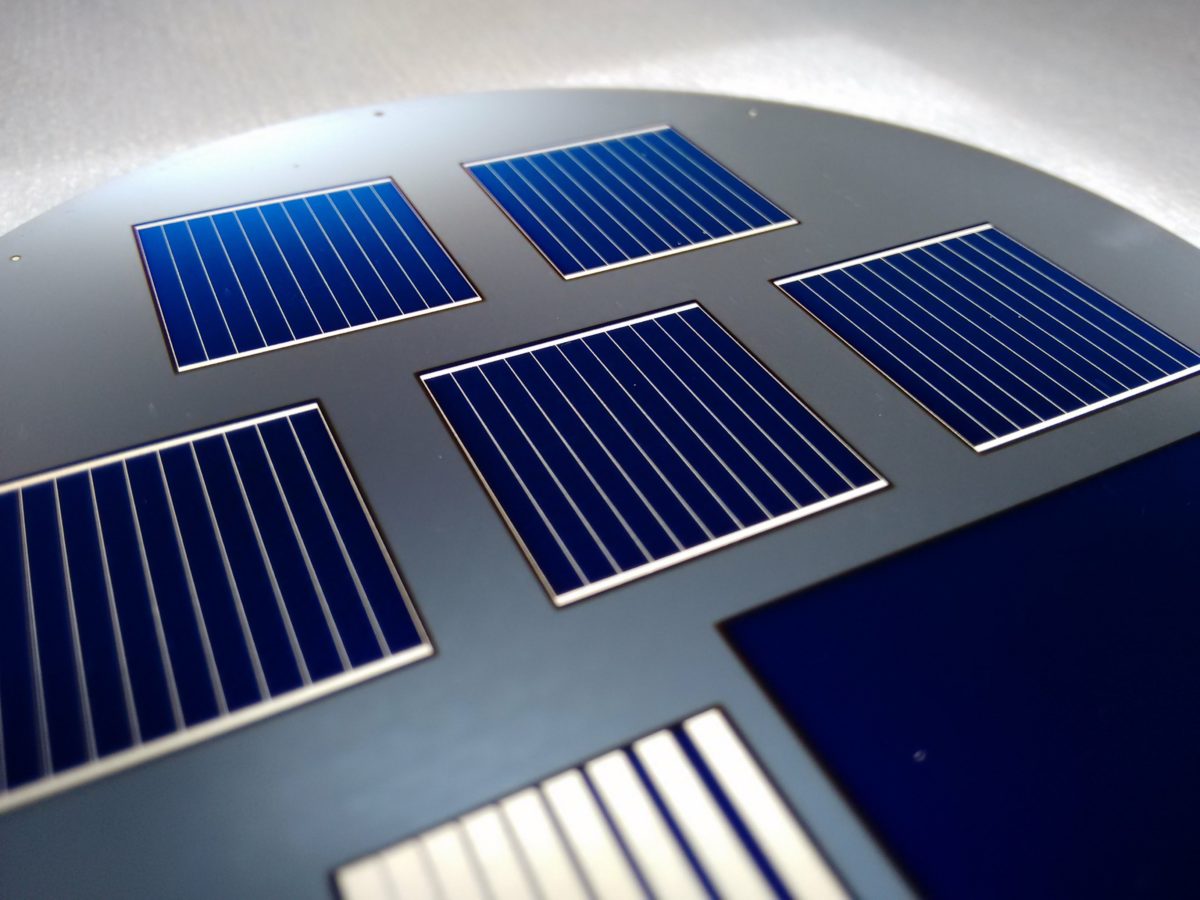In addition when you seek polycrystalline solar panels for sale the sellers may highlight the blue hue of these panels compared to the monocrystalline panels black hue.
Approximate efficiency of a polycrystalline solar panel.
High quality solar panels can exceed 22 efficiency in some cases and almost reach 23 but the majority of photovoltaic panels available are not above 20 efficiency.
Amorphous panels are also lighter in weight and more portable than monocrystalline or polycrystalline panels producing the same amount of energy.
Polycrystalline panel efficiency ratings will typically range from 15 to 17.
In addition polycrystalline solar panels tend to have a blue hue instead of the black hue of monocrystalline panels.
Most solar panels are between 15 and 20 efficient with outliers on either side of the range.
Solar panels have been consistently increasing in efficiency at about 5 annually since 2010.
Polycrystalline solar panels generally have lower efficiencies than monocrystalline options but their advantage is a lower price point.
They can also withstand the summer heat where mono or polycrystalline panels lose efficiency in the same ambient temperatures.
Hence they are less efficient and durable polycrystalline solar panels are less space efficient.
The highest efficiency solar panels on the market today can reach almost 23 percent efficiency.
Factors that affect solar panel efficiency.
However thanks to new technologies polycrystalline panels are now much closer in efficiency to monocrystalline solar panels than they have been in the past.
Most efficient solar panels.
Polycrystalline solar panels along with other types of panels have been used in the generation of solar power for several years.
The average efficiency of solar panels falls between the 17 to 19 percent efficiency range.




























